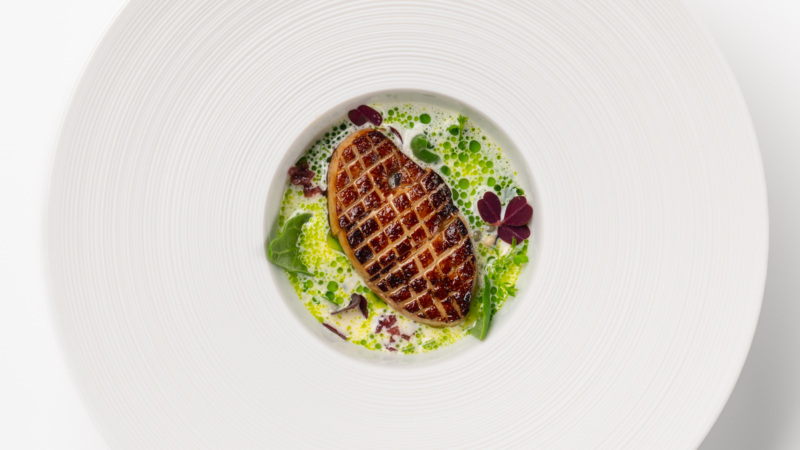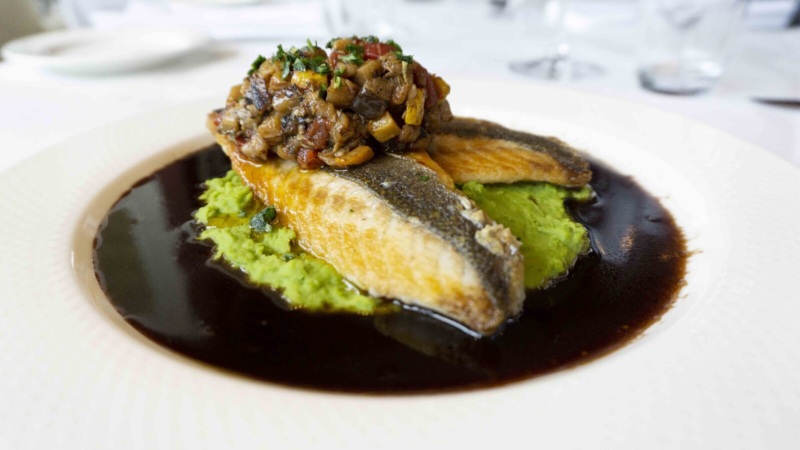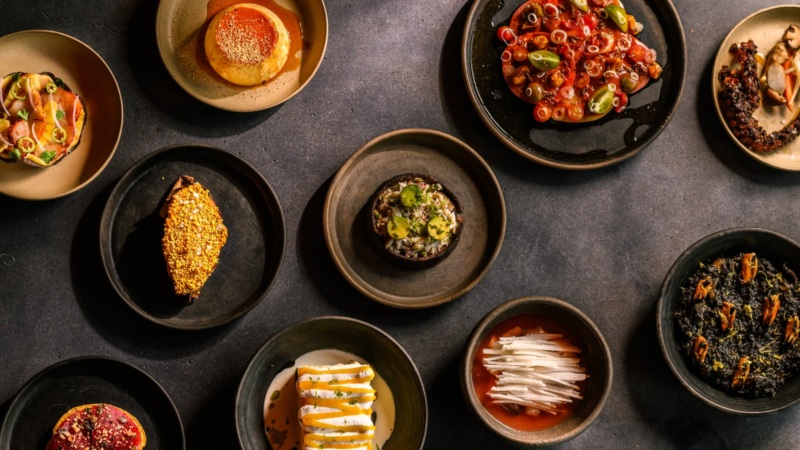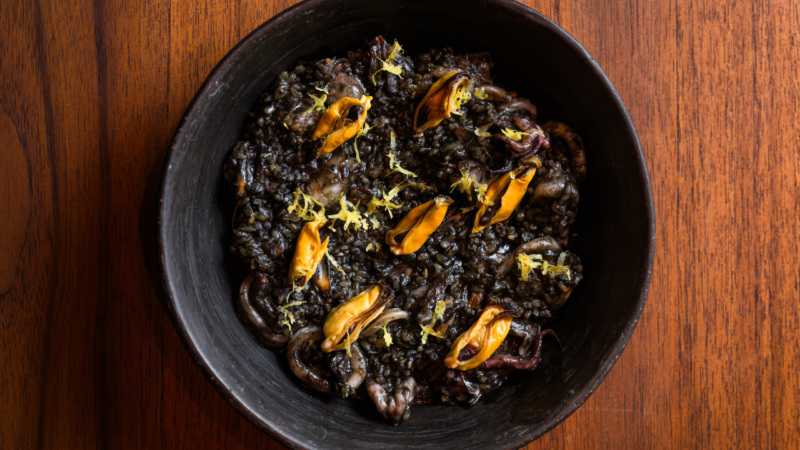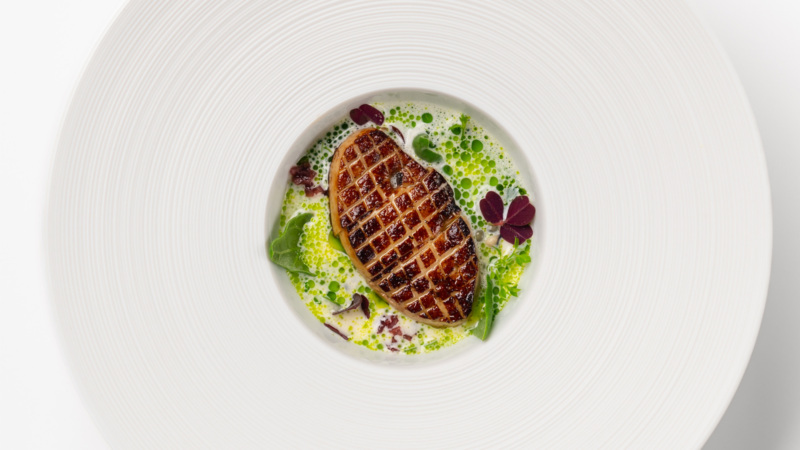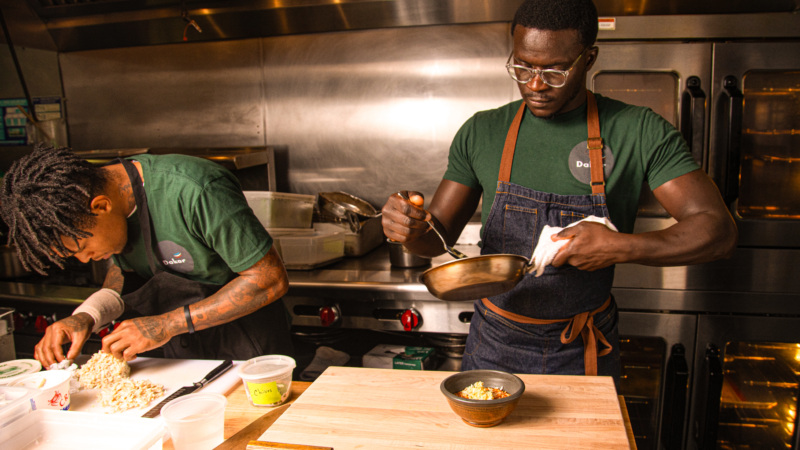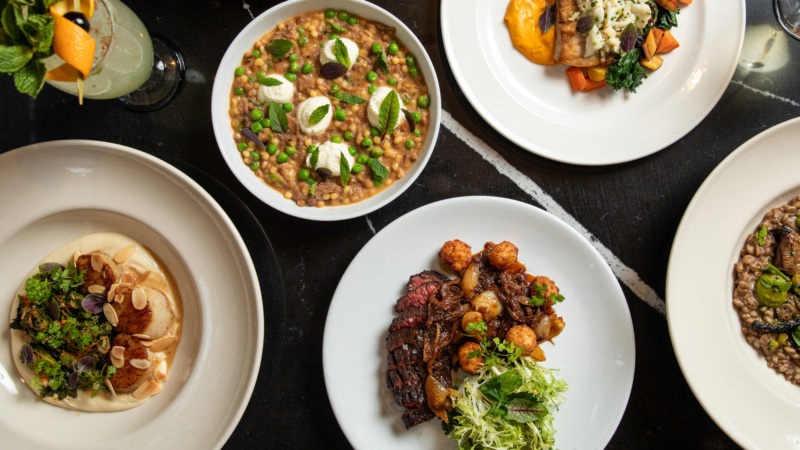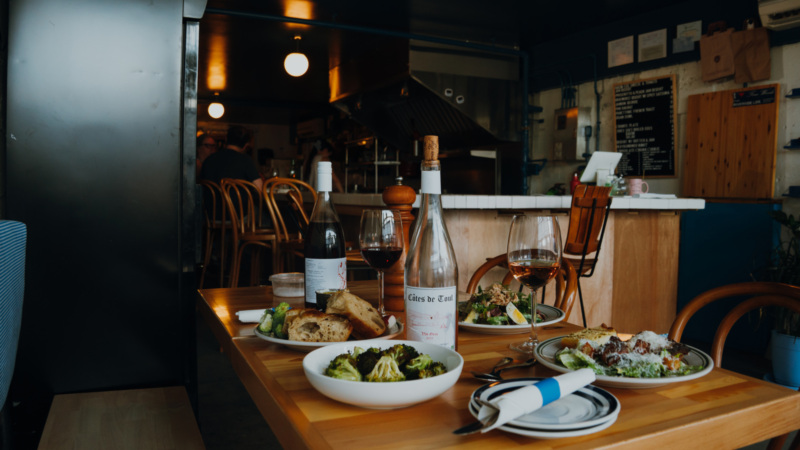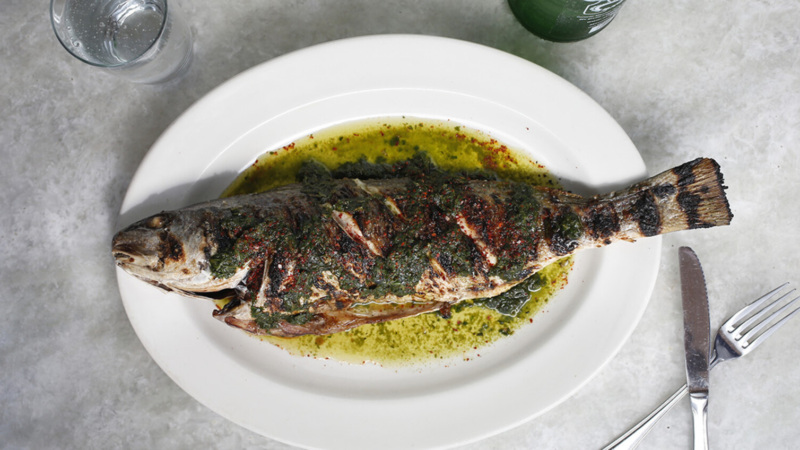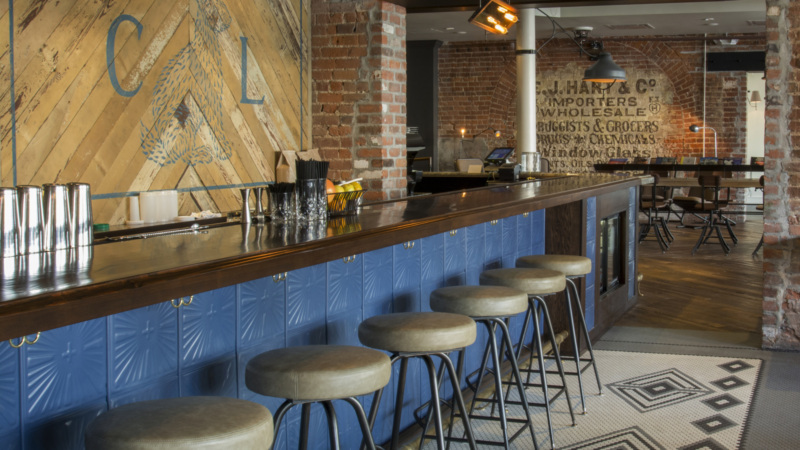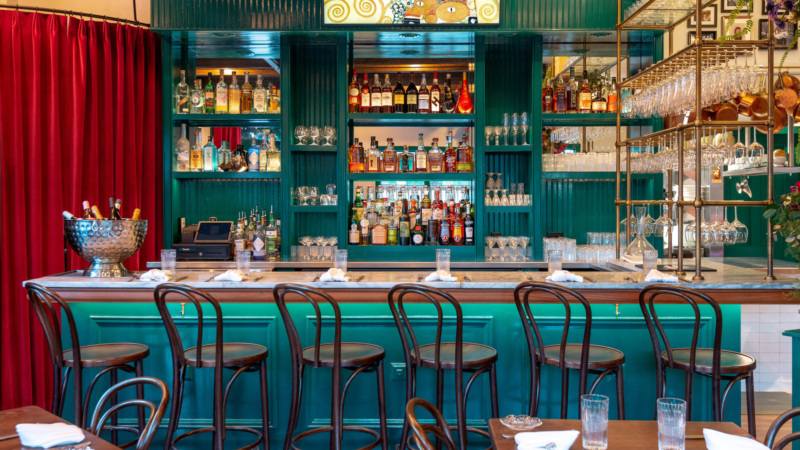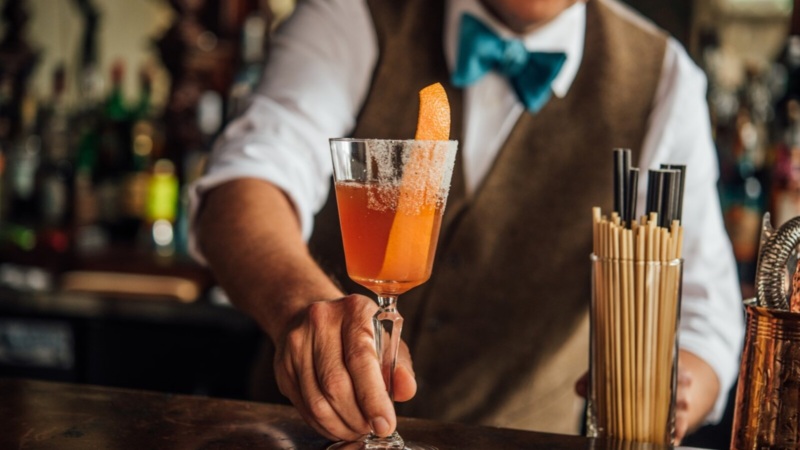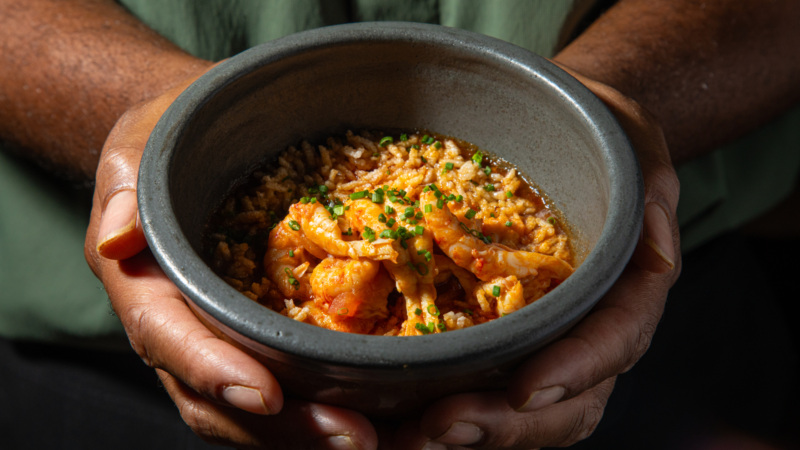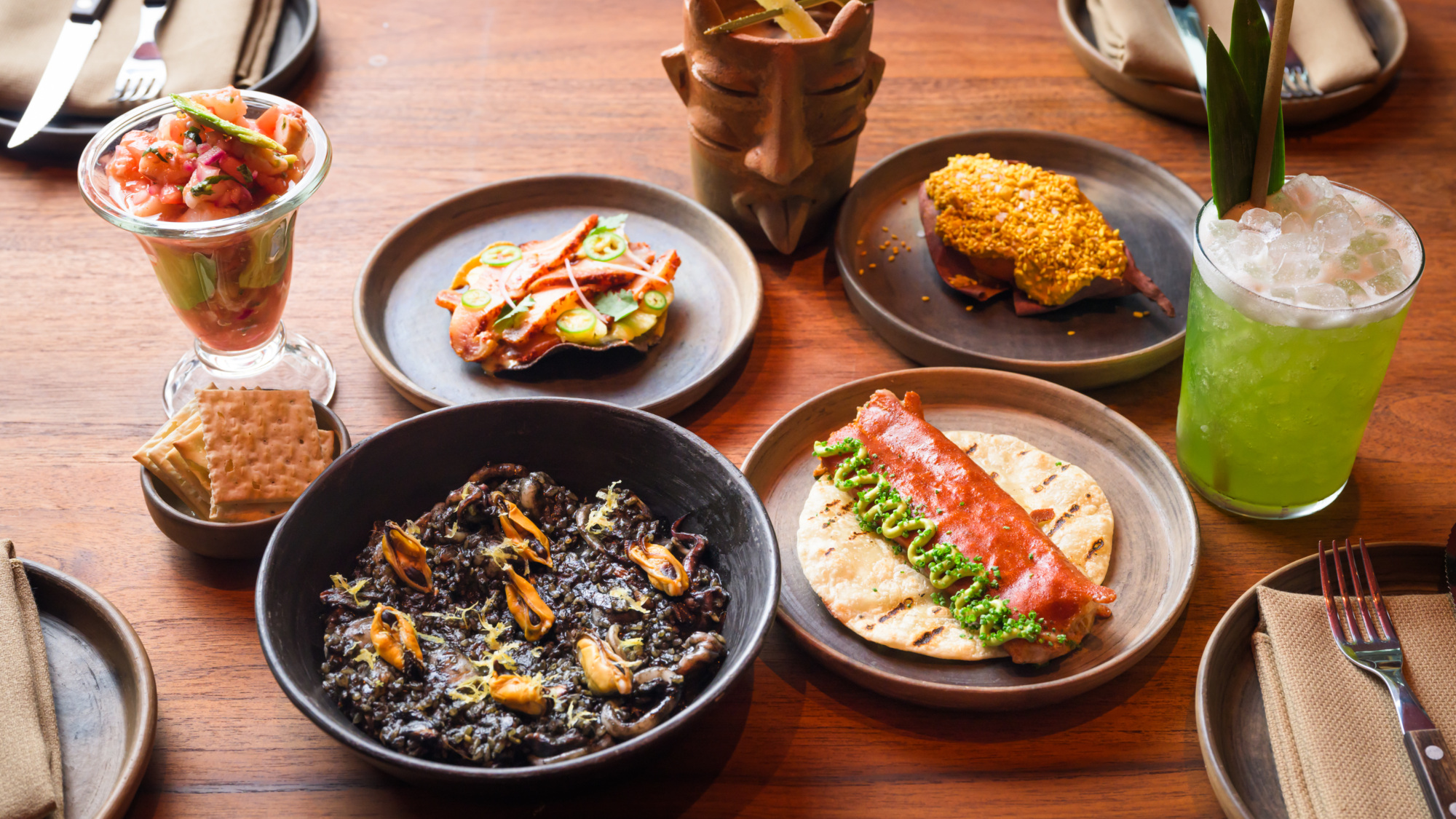
The Access Interview New Orleans
Acamaya Is Ana Castro’s Love Letter to Mexico, Written in Seafood
In honor of Women’s History Month this March, we’re resurfacing previously published features on women making an impact in the restaurant industry.
And on Sunday, April 6, in Philadelphia, Acamaya’s Ana Castro is collaborating with chef Nok Suntaranon of Kalaya for a special one-night dinner.
We love learning what makes great chefs and restaurateurs tick. So we’re pleased to present The Access Interview, a longform series that allows these tastemakers to discuss their work in depth. You can also discover their work yourself, as many of their restaurants offer exclusive access to qualified American Express cardmembers via Global Dining Access by Resy.
“This is not a sacrifice. I wake up every day and choose to do this again and again,” Ana Castro says.
It’s early July when she mentions this, and Acamaya, her newest venture, has just opened its doors in the Bywater neighborhood of New Orleans. And it’s been a hectic year for Castro: She spent the latter part of last year closing Lengua Madre, the Mexican American restaurant that would make her a James Beard Award finalist for best chef in the South. Sure, Castro is exhausted — yet she’s also exhilarated. Somehow, the 35-year-old chef isn’t slowing down.
In a little over 10 years, Castro has cut her teeth at numerous acclaimed restaurants around the world: Mexico City’s Biko, named one of the World’s 50 Best Restaurants in 2016; New Orleans’ Coquette, where she became a finalist for the James Beard Foundation’s Rising Star Award; she later received a Ment’or Grant to work under chef Jonathan Tam at Relæ in Denmark. She was a line cook at New York’s Betony, The Mark Restaurant by Jean-Georges, and Pig & Khao. And during her time at Lengua Madre, the restaurant landed on an array of national best-of lists. In other words, by 2023, she had earned her stripes.
But in truth, Castro was not an owner of Lengua Madre, she was just an employee. She felt stuck in disagreements with the owners, and saw no viable path to ownership herself. And so, she was propelled to take control of her future and fulfill the plan that she and her sister, Lydia Manuela Castro, had envisioned of running their own restaurant together. She tapped Zachary Wool, a lawyer and Lengua Madre regular who was first introduced to Castro while cooking at the pandemic-era storefront Here Today to help chart out and start executing a next chapter. Naturally, that meant being the chef and owner of her own restaurant.
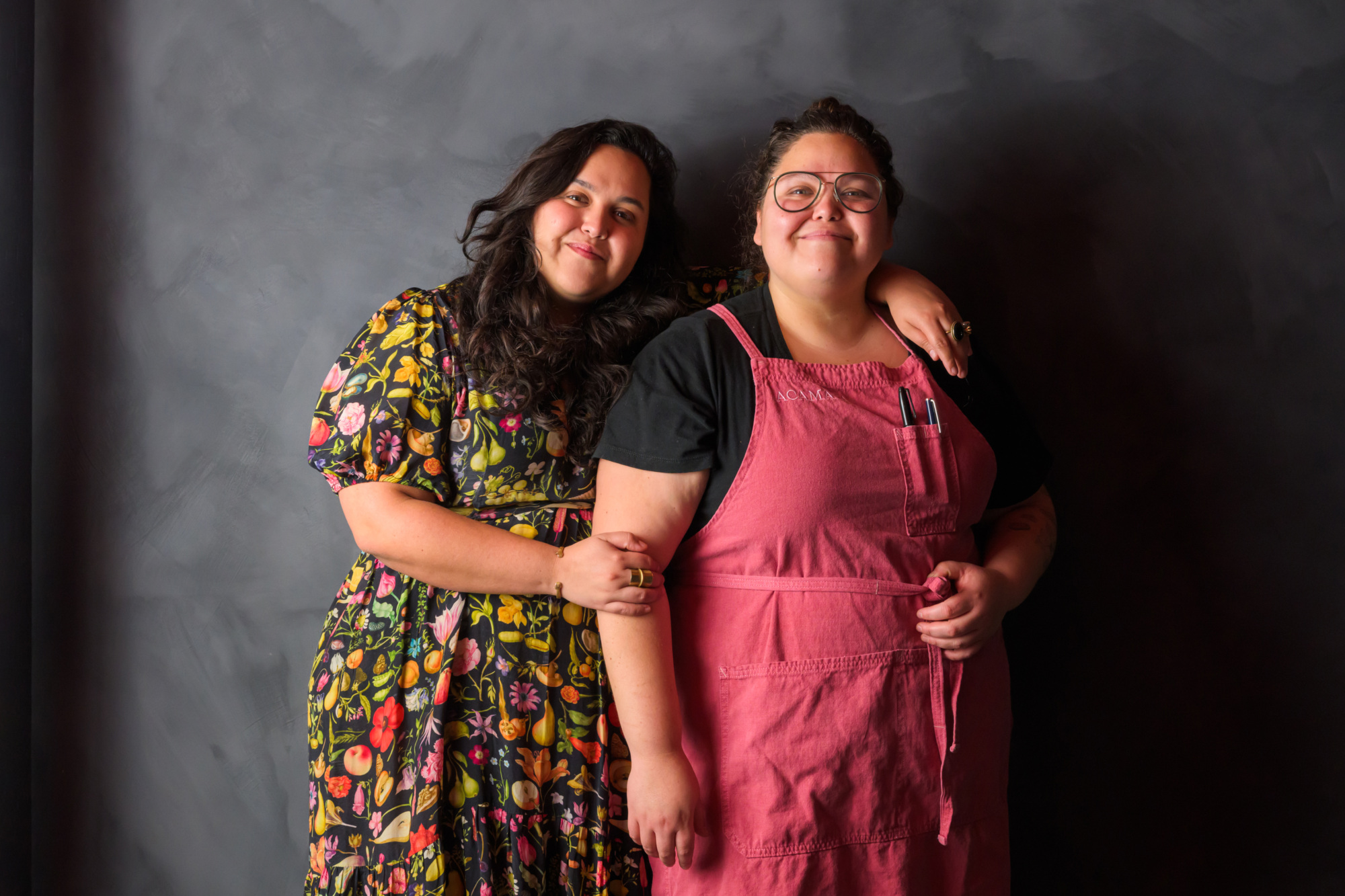

Castro’s dream would come true, but not without a lot of turns to navigate as a first-time restaurateur. Wool had signed on as a business partner and general counsel, and jumped into all things logistics, from setting up payroll to negotiating a lease. Wool and the Castro sisters contributed their own capital and combined that with a small-business loan to cover the $1 million cost of opening. And just before the opening, Castro threw herself “to the fire,” overbooking Acamaya’s friends-and-family preview to test the waters with service, and the flow and capacity of the dining room. There were, of course, notes: the restaurant layout needed to be tweaked, greetings improved, even some tips on napkin folding.
Curiously, the other element of pressure you’d expect — for Castro to represent her heritage as one of the few Mexican women to own a restaurant in New Orleans — rarely came up. For one thing, as her fellow chef and peer Fermin Núñez of Austin’s Suerte and Este puts it, Castro doesn’t care about the “authenticity police”; neither does she identify with the watered-down, generalized label that is “Mexican cuisine.” Castro freeing herself from working for someone meant she didn’t have to dedicate herself to traditional regional cooking. Hence, she ditched Lengua Madre’s formal tasting-menu format in favor of a laid-back approach to Gulf Coast fare.
At the same time, Acamaya is also much more conceptual: a personal expression of Castro’s identity and influences, namely via Mexico and New Orleans, with simple execution and shellfish-forward dishes. Think shrimp aguachile, seafood coctél, crab sope, and oysters. Her dishes show restraint, and tap specific references: one main ingredient with a sauce, and toppings featuring elements of Baja California’s Japanese influence, as with her tuna tostada with crushed peanuts and nori; or Sinaloa’s love for grilling, as with a hamachi al pastor tostada; or Veracruz-style marinades, as with her blackened flounder.
“The scarcity mentality that ‘there can only be one [Mexican restaurant]’ is bulls***,” says Castro. “There’s so much nuance that no two restaurants are going to be the same. Not all Mexican restaurants are owned by Mexicans, and I’m excited to join the club, the more the merrier.”
That sensibility might explain why she’s still restless, even with a new opening barely behind her. The Thursday to Monday dinner schedule is limiting; she wants more flexibility to add lunch service and expand to seven days a week. That will let her hire more managers, which means promotions for her opening staff. And she’s not just a restaurant owner in the Bywater, she’s also a resident, working with staff and neighbors like Galaxie Tacos to provide labeled leftover food containers for a community fridge. And much of the smaller staff — including nine of 10 Lengua Madre staffers who followed here — gets both hourly wages and combined house tips.
“We’re trying to exist in the most ethical way possible within a capitalistic model,” Lydia adds.
On a Sunday night in late July, Acamaya is now fully open and packed with a slate of industry notables visiting town for Tales of the Cocktail. The restaurant, sitting on its Dauphine Street corner, exudes a refreshingly feminine vibe — with predominantly women on staff, blush pink tile, and patterned red concrete walls reminiscent of Latin American marquesinas. Colombian reggaeton pumps overhead, groups happily pass plates, couples linger over cocktails, solo diners chat with bartenders, and walk-ins keep walking in. With Acamaya getting up to full speed, we caught up with Castro to talk about the economics of opening a new restaurant, the importance of variety within Mexican cooking, and what it means to bet on yourself.
This interview was edited for length and clarity.
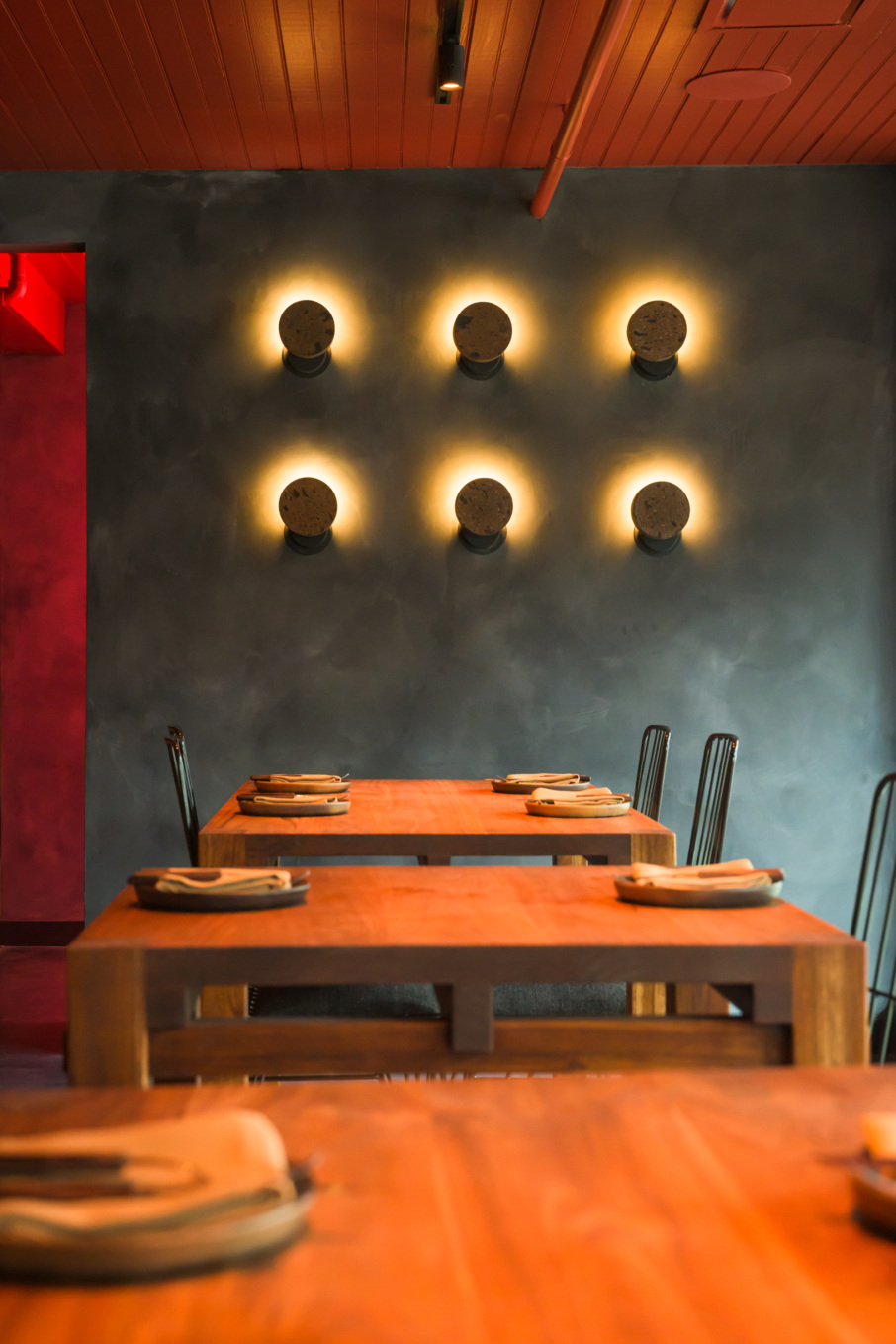
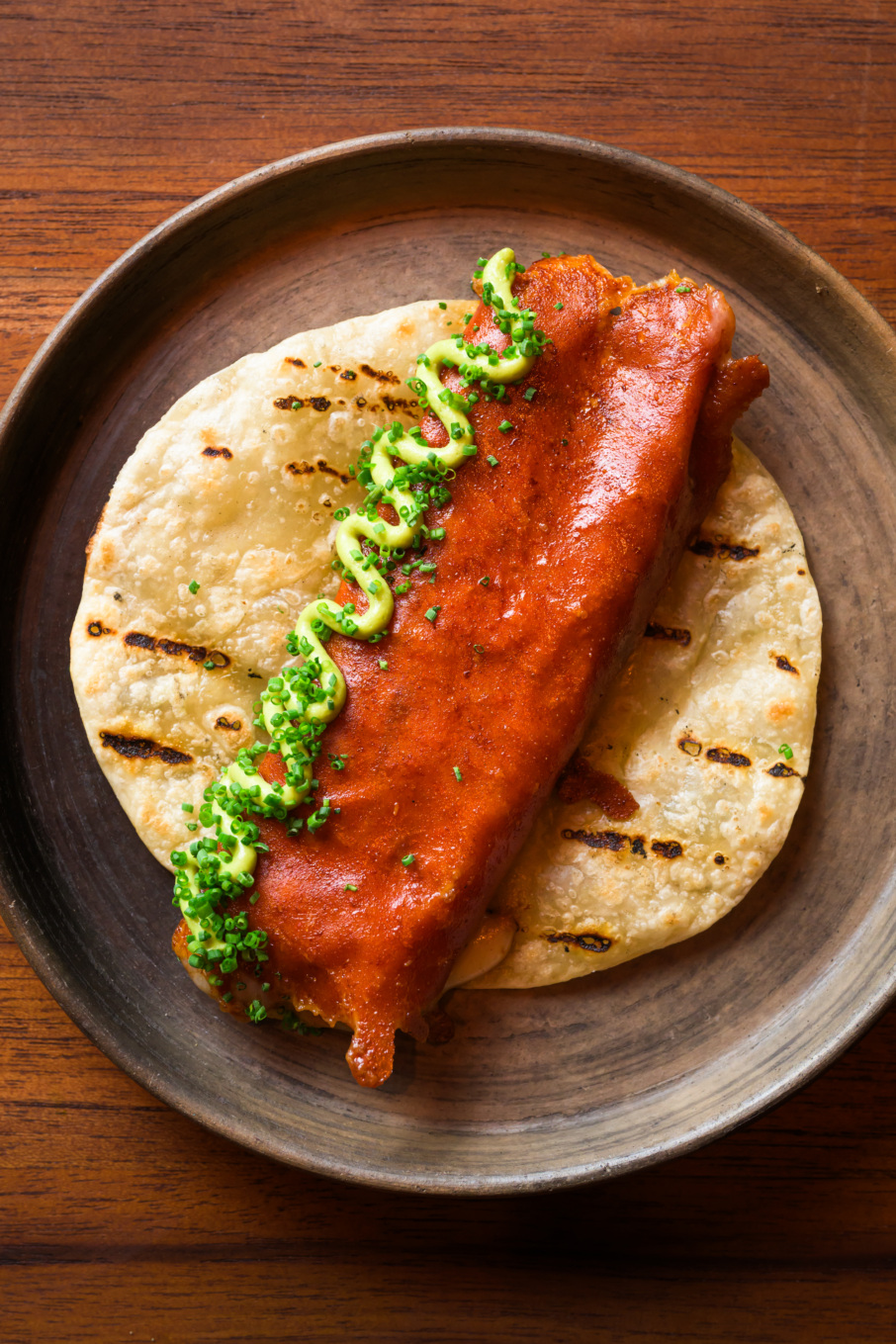
RESY: Acamaya officially opened on July 5. How have the first weeks been? And what are you most excited about?
Ana Castro: My body is in pain, but my heart and my brain are ready to go. I feel more energy than I had in the last 10 years. I feel 25 again. I’ve never been more sure of myself, I’ve never been more excited, I’m confident as f***. I am euphoric.
The restaurant is a lot of fun, very casual. I’m expediting, Lydia (my sister) is at the host stand. We have been extremely grateful to be busy our first month, on average doing 80 or 90 covers a night, even on Sundays and Mondays, then picking up to 120 or more on weekends. We get a lot of walk-ins and regulars come in for a snack and a drink while reading or working on their computers at the bar and communal tables. We are so happy to see people enjoying the space in so many different ways!
The idea of Acamaya is getting in where you fit in: You can get the whole spread of the menu or just do something a little more chill. You can bring in your eight friends, take over a table and ball out, or just come in, sit by yourself at the bar, have a chelada, and carry on with your evening. The vibe is timeless Mexican elegance, and is eclectic. There’s red neon in the bathrooms and loud music that ranges from Bad Bunny to Christian Nodal to Peso Pluma. I compromised very little on the vision, like textural touches inspired by Mexican architect Luis Barragán, we use light as a form of decoration like California’s James Turell, basalt stone from Puebla, and thought about Josef Albers’ artistic principle “expression of volume.” We have no art on the walls, not even a fish design. We have a fully open kitchen so you can see a restaurant be a restaurant, where everybody moves around with ease.
You started a hospitality group, Grupo Chamuco, with your sister Lydia. How has it been working with family?
Having a restaurant with my sister is such a dream, there’s so much synergy between me and her. Unofficially, we worked together for so long. She handles all the bill paying and administrative paperwork but before that, she was a server and host at Lengua Madre; she helped me as a food runner at Jazz Fest, too. She’s always helping me in life and helping me assert myself as a chef and driving the message of our culture, our shared history. My story is my sister’s story, and the other way around. And now [at Acamaya] it’s bona fide, and that’s cool because it’s something we’ve been waiting to do for a long time. The day that we opened the doors, I was like, hell yeah, the plane has landed. We don’t work for anyone anymore. We work for ourselves. We work with each other. Now that the restaurant is open, Zachary continues to help us with legal subjects, while Lydia is the director of operations and also the general manager.
And my nephew is here just for the summer — he came last year to stage at Lengua Madre, kind of like a summer camp-ish thing, in the dish pit.
Mexican culture is just so vast when it comes to food, you know? So regional. It’s so much about terroir, where you are. It’s time and place, and it’s no exception with seafood.— Ana Castro
Over the past few years, you’ve received high praise. Who are your mentors, and how do you define success?
I feel like I’ve been lucky enough to be at the right place at the right time. Plus, I have dedication and true love for what I do. I wouldn’t call [being a chef] a sacrifice because a sacrifice indicates that you’re doing something that you don’t want to do. Being recognized as a chef is not necessary, I want to pass the tangible recognition to my family and make them proud. Everything that I do is for my ancestors.
Kenneth Foong (current head chef at Noma) is one of my mentors. He was my sous chef at Betony in New York — I was a line cook — and nobody stood up for me as hard as that man did. He truly took me under his wing. He taught me much more than cooking, about controlling yourself, handling and governing yourself as a person. He would always talk to me and say, “When you’re in control of yourself, you’re in control of everything else. You have to use all that insane amount of energy that you’re using into getting pissed into something positive. You have to reign it in.” I feel fortunate that I had him. He was always super calm and always matter-of-fact and fair.
Mikel Alonso of Restaurante Biko in Mexico City (now closed), my first chef in Mexico City, said to me when I was moving to New York, “Chiqui, remember, cooking is easy. We are the complicated ones.” To this day, I think about that often.
How are you translating Mexican culture on Acamaya’s menu?
New Orleans is awesome because [the food] is about family recipes, which vary from family to family. Some people are doing what I call “reference cooking” based on traditional recipes. I’m not. Acamaya is not bound to any region in particular; it’s Gulf seafood expressed through Mexican coastal cuisine. I want to make [Acamaya] our own, especially being located in New Orleans and the Gulf of Mexico. We [New Orleans] share so much history with Mexico, we have so much beautiful seafood that I want to highlight in a much lighter way. I’m making a ceviche with chamoy on it (a Mexican condiment or sauce that’s typically made from pickled fruit, dried chilies, and lime juice) with cherries and jícama. I make a salsa verde martajada, a charred coarse salsa that we fold crab claws into. So, I think my food is a little bit more contemporary, a little more modern. I like to have fun.
And how does that crossover between Gulf seafood and Mexican mariscos take place?
Mariscos is a catchall term for various seafood preparations, regardless of regionality. In Mexico City where I grew up, I was exposed to very classic Mexican seafood, going to Don Roque with my grandpa on Sundays, and eating pescadillas from Guerrero and aguachiles from Sinaloa. I also think there’s a certain reverence for the [hospitality process in Mexico], the overarching idea of attention to detail, and the act of service, with older generations like my grandparents, that has been lost with younger generations. The biggest item on my and my sister’s agenda is developing the same relaxed, intuitive style of service we grew up experiencing in Mexico City.
[In New Orleans] there’s such a big culture around seafood, you know, like Fish Fridays — come celebrate Lent with me! — crawfish boils, seafood gumbos, fried catfish po’ boys, etc. But everything is done in a very specific style, either fried or in cream sauces or long, lengthy roux sauces. And I love it, but I’m taking the same seafood and giving it a completely different treatment, with acidic brightness and lots of herbs and lots of chiles, both roasted and fresh, grilling, marinating, just like very primal cooking.
You’ve said creating a sustainable and ethical business model was non-negotiable. What does that look like now that Acamaya is open?
After COVID, the economics of a restaurant, both from an investment side and a personal financial future, are weighing a lot on my mind. How do you have your cake and eat it, too? We want a profitable business, but we also want to pay people fairly with not only livable but thriveable wages. In the U.S., we need to recognize that the service industry is not just a gig, it’s an actual career path. How do we solidify that? By offering the same benefits as a corporate job: healthcare [Acamaya offers healthcare benefits, including vision and dental], two weeks of PTO, jury duty pay, a retirement plan, parental leave. We are also in the process of being a partner with a local organization that offers free mental healthcare for our employees. The government should be doing all this, but we are filling in the gap. It sucks that it’s left to small business operators, but anytime there’s a need, restaurant people will fill it. Community doesn’t just happen — it’s built. You have to be in communion with people. It can’t just be extractive.
How are you managing the tension of this business transparency with your customers?
Who you think would have disposable income to go to a restaurant is changing; there’s a squeeze. Inflation is up and disposable income is lower, but my wish for the restaurant industry is that we lose the fear of failing, especially when it comes to pay structures and how we reimagine auto-gratuity.
With this current economic landscape, coming out of COVID, and the combined [negative] attention that tipping is getting, I’m not sure right now is the best time to hit people with auto-gratuity. For the time being, we decided to go the route of a full tipped house, which means everyone working gets an equal slice of the tip pool except for salaried employees. To shift away from that is going to take a drastic, collective change in the way consumers value the work of the hospitality industry. All I can do is hope and try to advocate for that change.
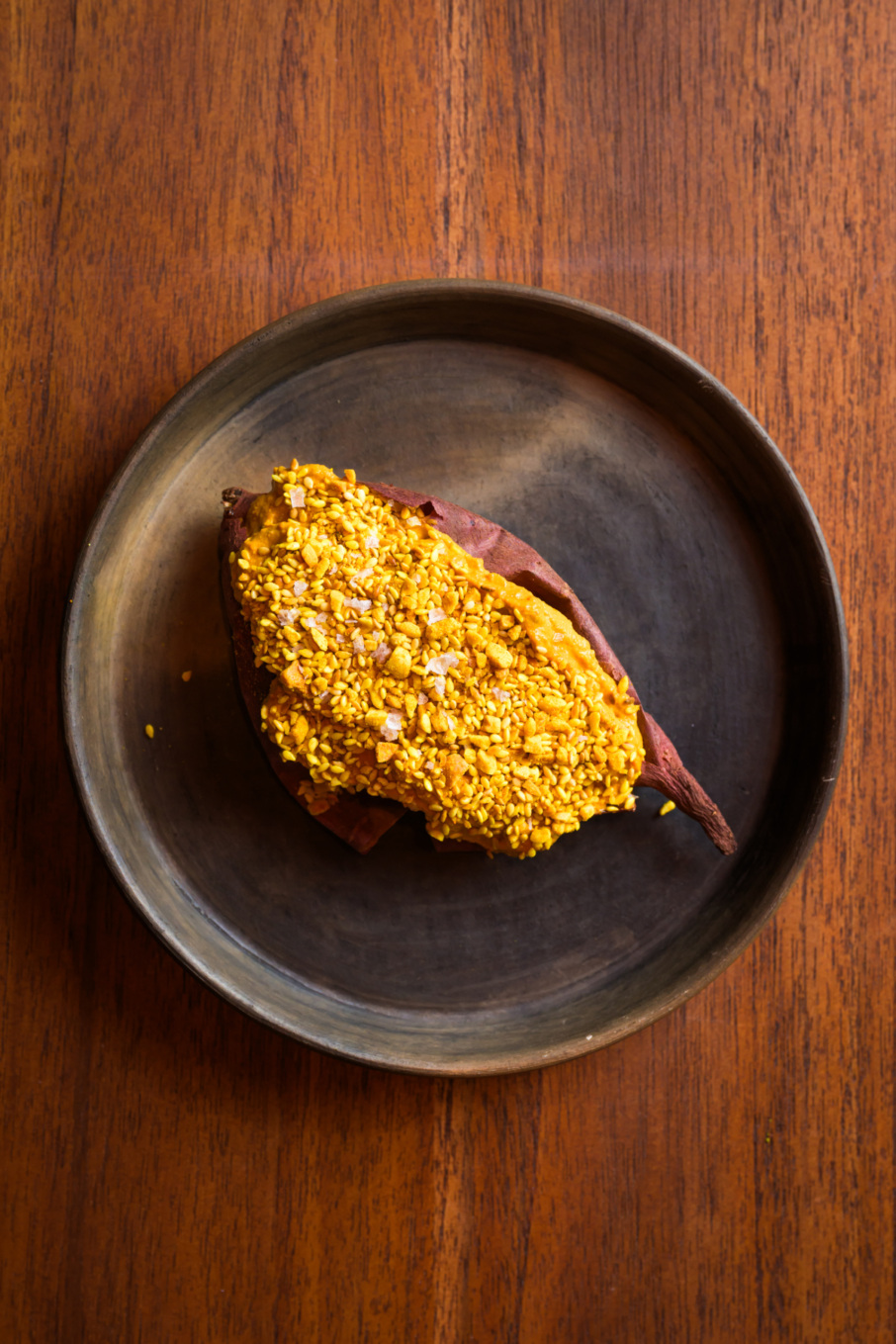
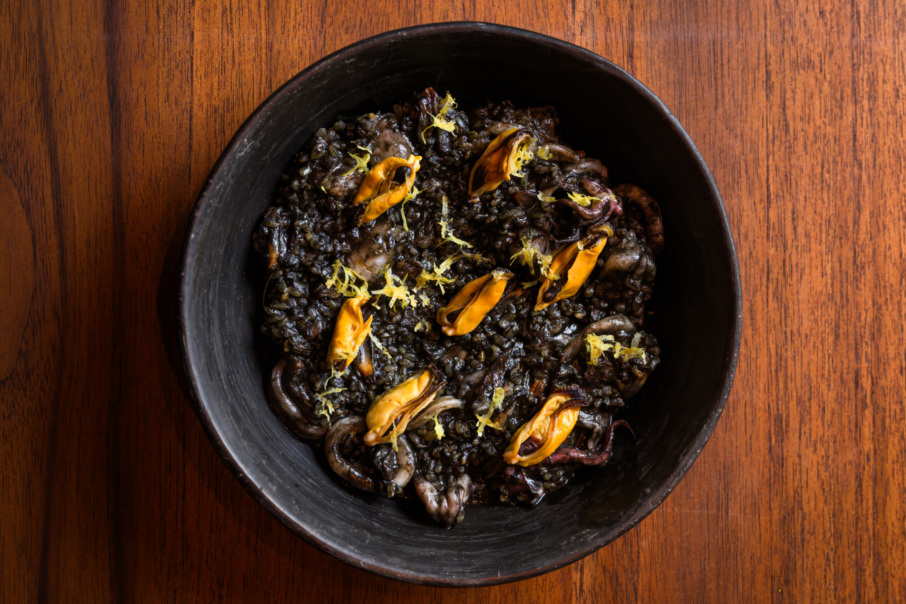
How would you describe New Orleans’ Hispanic and Latino food culture? How does Acamaya fit into the community?
There’s a huge Honduran culture that I’m blessed to have, but Mexican culture is not as prevalent. We have a good mix of Hispanic and Latino spots like mom-and-pop shops — my friend Carlos Quiñónez, his mom makes the best pupusas I’ve ever had in my life — and the pop-up scene in New Orleans is fantastic. There are just a lot of young chefs doing their own thing, like these two girls doing a Brazilian pop-up (chefs Luana Perrotta and Raquel Oliveira of Tropicália Kitchen) with farofa and grilled chicken skewers, or Waska Colombian food pop-ups — it’s just accessible and delicious.
We’re very lucky to be in New Orleans with the amount of diversity from the African diaspora, Caribbean cultures, Spanish culture, the French Creole, and Black American culture is incredible. I think that’s why a restaurant like ours is received.
What are some common misconceptions about Mexican food in the U.S.?
Mexican culture is just so vast when it comes to food, you know? So regional. It’s so much about terroir, where you are. It’s time and place, and it’s no exception with seafood. Mexico has a huge coastline with so many different temperatures and depths of water and biodiversity. So, things are prepared differently throughout [the country]. The food of Baja California has a heavy Japanese influence. Towards Sinaloa, it’s more grilling. If you go to the other side of the Caribbean, it’s a lot of achiote and bitter oranges. At Veracruz, there’s a lot of olive oil and parsley because it was the first landing point of the Spanish. Don’t forget that Mexico was a colonial state. It’s very cool to me how food moves with history and with people in an anthropological sense.
I always think that Tex-Mex, Cal-Mex, Chinese American — all of those foods are a deep act of resistance from a cultural standpoint. You have people who have immigrated to a country that is not their own, to a land that is not their own, and you’re grasping at straws assimilating to a culture that is not your own and making a foreign land your home. It’s not exactly what my work is focused on, but I respect it so much.
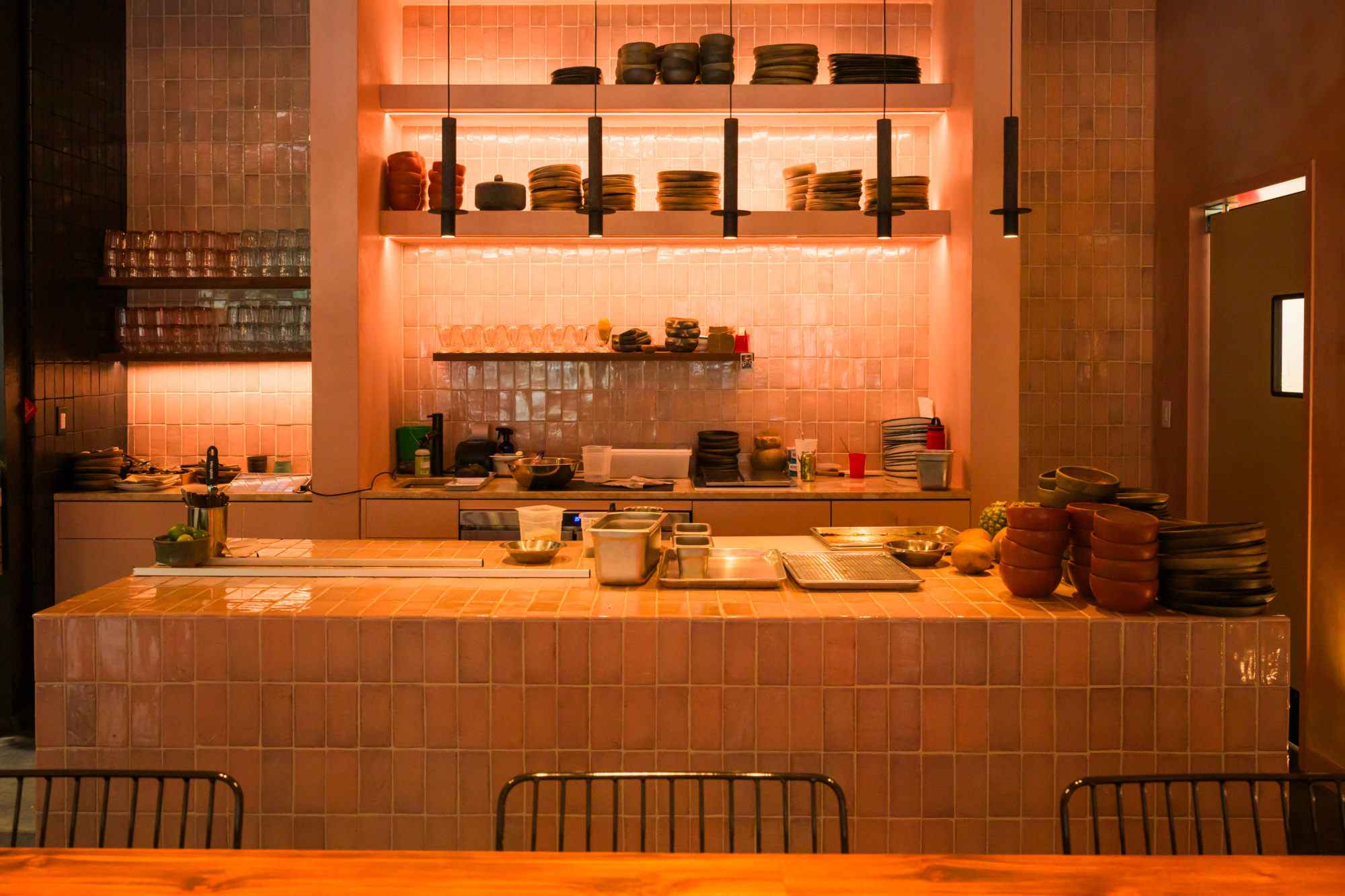

Do you think there is a broader, new perspective on Mexican cooking around the country?
Absolutely! And it takes all of us. There’s so much more to Mexican cooking that is yet to be highlighted. It’s definitely an exciting time to be cooking Mexican food in America. There’s never been more of us doing incredible work, all different from one another, yet always having the common thread of our shared history and of course, maiz. We are redefining American cooking, which is just tremendously powerful and exciting.
Now that you’ve moved to the Bywater, where are you hanging out post-shift?
The Bywater is a great concentrated version of what New Orleans is — young families that just bought their first home and have a kid, edgy cool kids that do music and art and bike everywhere and have tattoos and cut-off shorts, old gay men that have lived in the neighborhood for like 20 years in double shotguns. There’s music, there’s culture. I’m close to one of the best restaurants, Saint-Germain, and chef Nina Compton’s BABs. We love Mike Friedman, co-owner of Pizza Delicious. Bacchanal is very close and they just opened up a bar called NightBloom. My favorite dive bar Bud Rips is two blocks away from my house, and I can get tacos at Galaxie before catching a show at Saturn Bar.
Alisha Miranda is a journalist, digital producer, and #LatinxIndustryNight host based in Philadelphia. Follow her at @alishainthebiz. Follow Resy, too.

Kalaya x Acamaya
Two powerhouse chefs — Kalaya’s Nok Suntaranon and Acamaya’s Ana Castro — are joining forces for a stellar dinner celebrating Thai and Mexican flavors and traditions. Terms apply.














